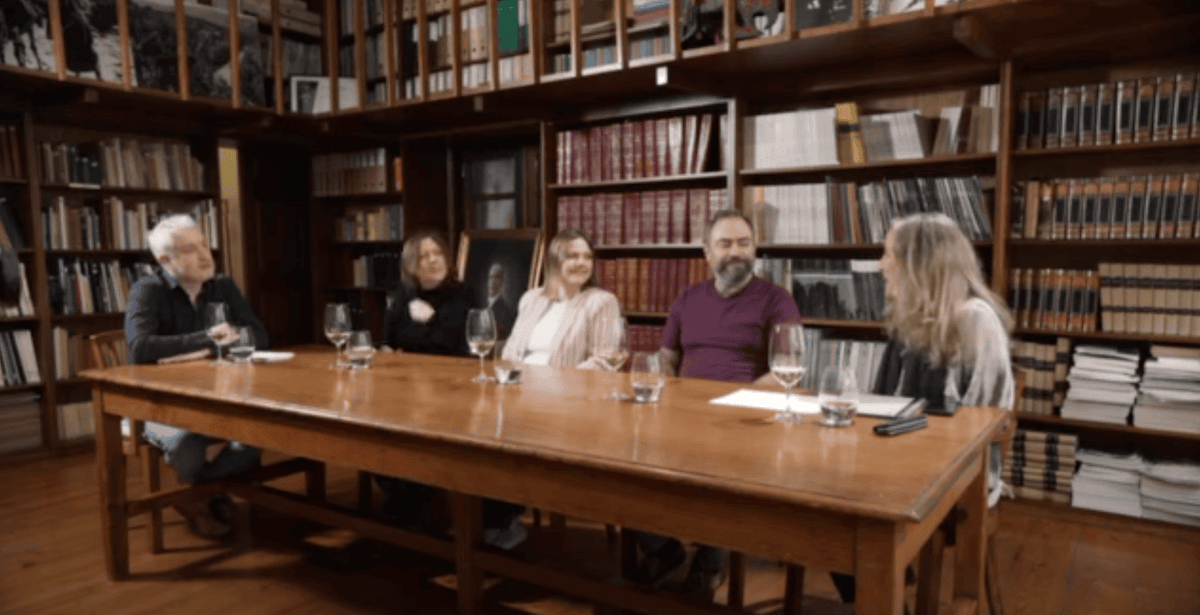Situated in the southernmost reaches of the Italian mainland, Calabria is mountainous, sun-drenched, and historically isolated. It is not the easiest place for tourists to reach. Many find it more convenient to fly to Sicily and cross over by ferry. This inaccessibility may help explain why Calabria remains outside the mainstream of wine tourism, and why its wines have long been overlooked in favour of those from more prominent regions.
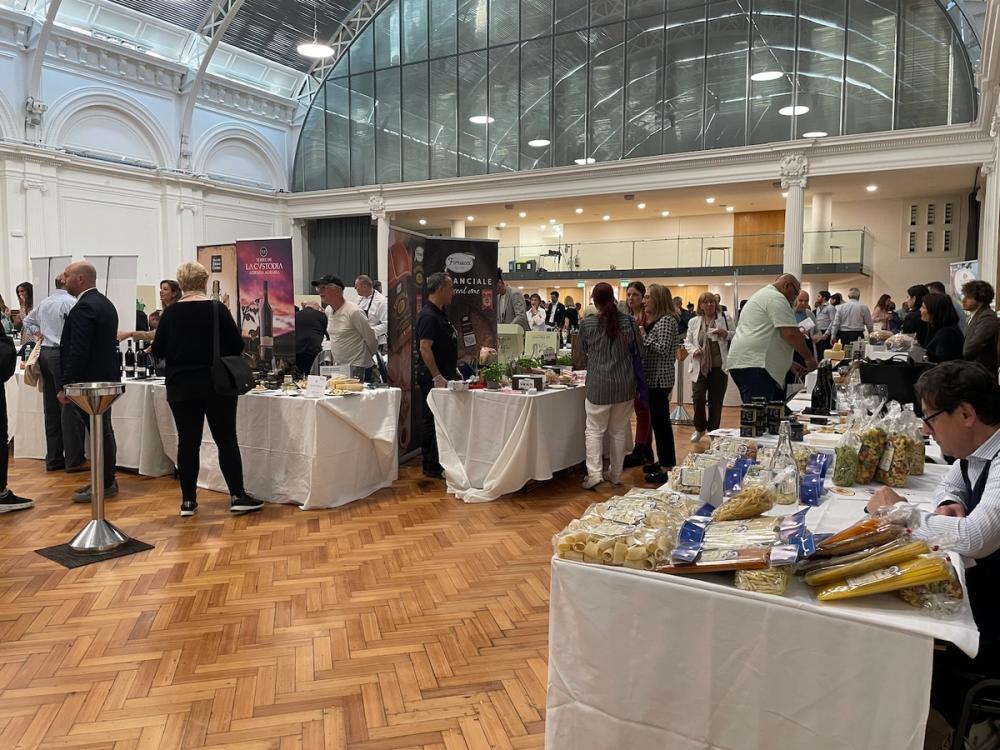
Although Calabria currently has no DOCG appellations, Cirò is expected to become the first in the coming weeks – marking a potential turning point for the region’s identity and recognition.
Yet the region’s winemaking history runs deep.
When Greek settlers arrived in the sixth century BC, they found a land already cultivating vines. They named it Enotria, the land of wine. While Calabrian wine has kept a low profile, many consumers may already be familiar with one of its most famous specialities.
Calabria’s best-known culinary exports are chilli sauces and 'nduja, a spicy, spreadable pork sausage made with local chilli peppers. Intensely flavoured and unmistakably hot, 'nduja is often used on pizzas, in pasta sauces, or as a base for stews.
Spicy food is often considered difficult to pair with wine, and conventional advice usually recommends avoiding bold reds. In Calabria, however, the opposite is true.
“Locals pair it with red wines—it has to be red,” says Susan Gregory, UK importer for 'nduja producer Salumificio Ussia.
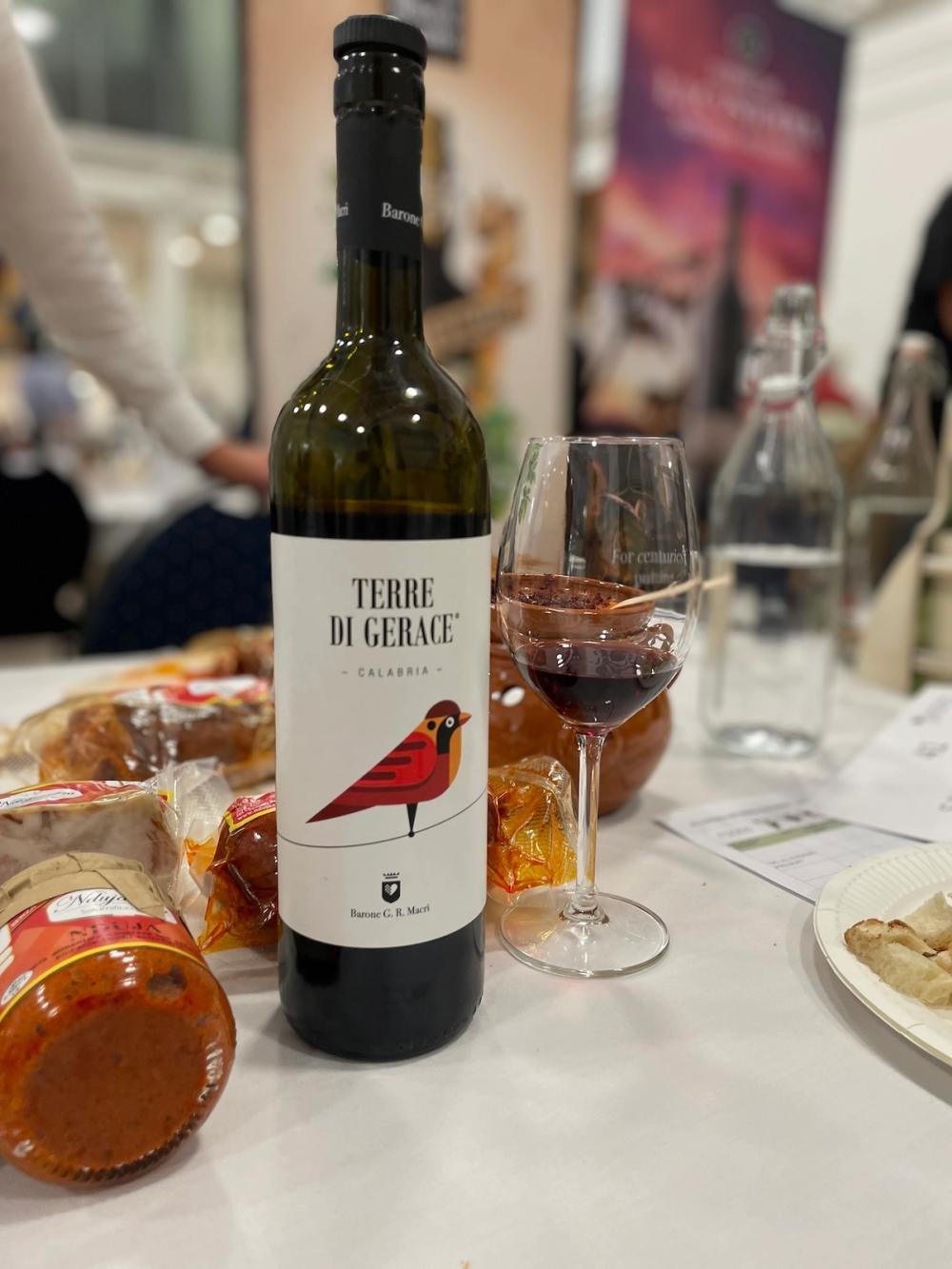
In Calabria, locals pair 'nduja with reds
During the Calabria wine masterclass, Walter Speller shares his insights on the region. He praised its ancient winemaking heritage, while also acknowledging the challenges facing modern viticulture. Vineyard area has declined to around 11,000 hectares, with many farmers favouring more profitable crops such as citrus and kiwis. Local wine culture remains limited; wine is widely consumed but seldom discussed or celebrated. Poor infrastructure and minimal tourism, particularly in comparison to Sicily, have further restricted the region’s growth and visibility.
Luckily, these obstacles do not reflect on wine quality. Although Calabria currently has no DOCG appellations, Cirò is expected to become the first in the coming weeks – marking a potential turning point for the region’s identity and recognition.
The six wines presented at the masterclass offered a rare opportunity to explore Calabria’s native grapes.
“Calabria has many indigenous varieties,” Speller explains, “but few have been formally catalogued or widely studied. For now, much of the region’s viticultural identity is being rediscovered bottle by bottle.”
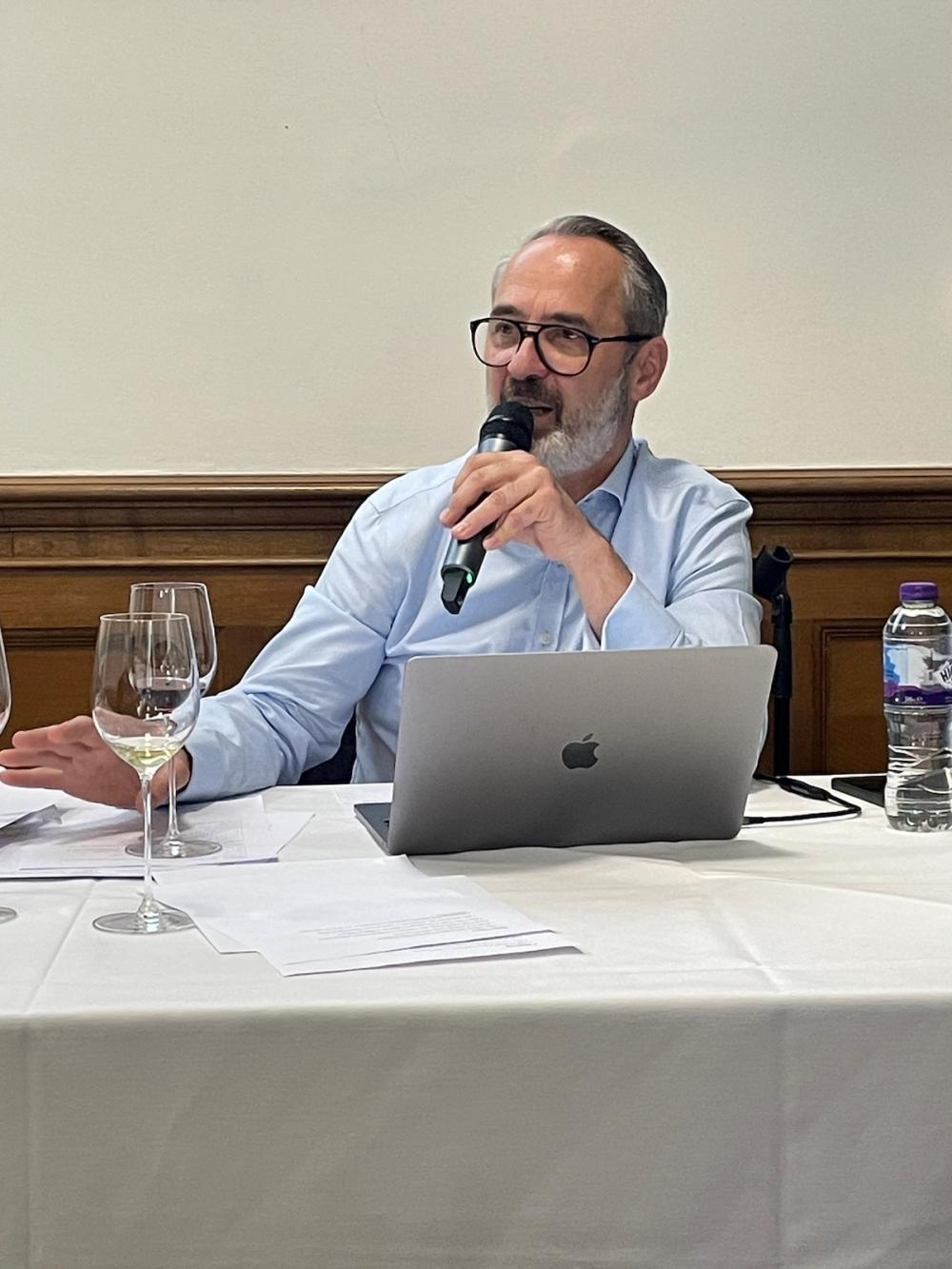
Calabria today feels much like Sicily did 30 years ago - Walter Speller, Real Italian Wine & Food fair, London
Looking Ahead
Calabria’s future lies in embracing its uniqueness. As Speller notes, the region’s genetic wealth remains largely untapped. Continued investment in ampelographic research will be key to understanding and promoting these lesser-known varieties.
Encouragingly, there is growing local pride and political support for wine as an economic driver. Rather than chasing international styles, a new generation of producers is looking inward, focusing on native grapes and traditional methods with renewed confidence.
For Speller, Calabria today feels much like Sicily did 30 years ago. It is underdeveloped and undervalued, but full of promise. With its naturally bold, structured wines and intensely flavoured cuisine, Calabria offers a compelling, if still overlooked, expression of Italian wine culture. For importers and sommeliers willing to look beyond the familiar, the region presents not just a commercial opportunity but a story waiting to be told.
Tasting highlights: Six Calabrian wines from the masterclass
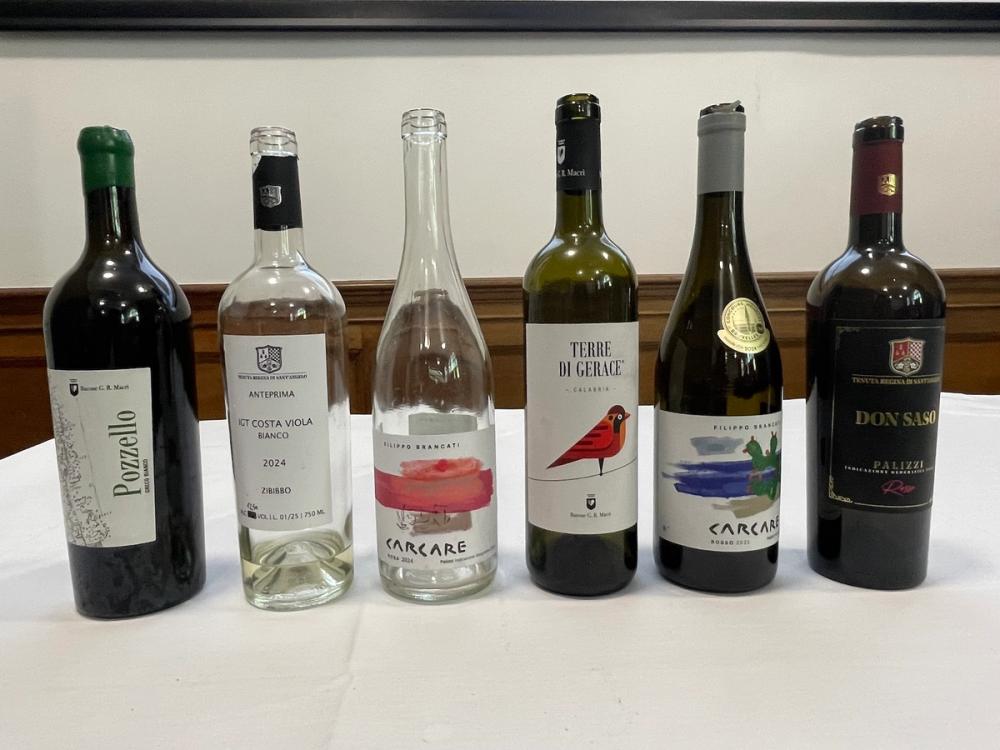
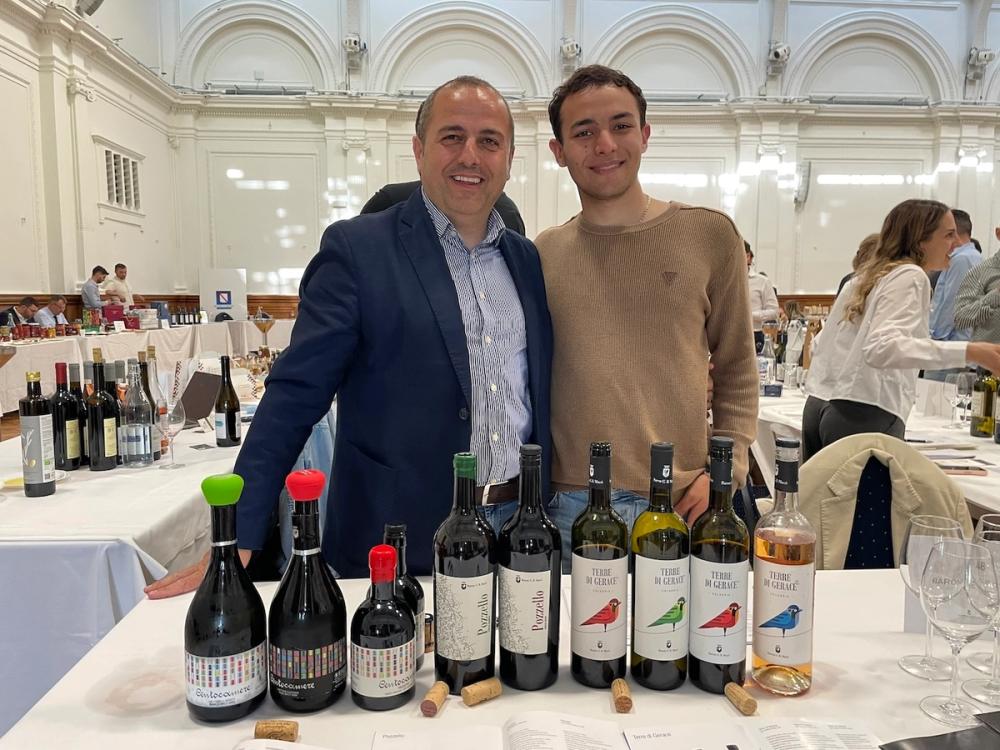
Giuseppe Fragomeni (l) of Barone G.R. Macrì produces a range of excellent wines that offer great value for money.
Pozzello Bianco 2021, IGT Calabria
Greco Bianco 100%
From organic (uncertified) vineyards in Locri on the Ionian coast, this Greco Bianco is fermented in oak, adding texture without overwhelming the varietal purity.
Pale gold, with aromas of ripe yellow fruit, preserved lemon, and pickled plum. Subtle oiliness and saline minerality frame a rounded palate, lifted by fresh acidity. Quietly rich and refined.
Terre di Gerace Rosso 2022, IGT Calabria
Greco Nero 60%, Nerello Calabrese 40%
Medium ruby, with a complex nose of plum, wild strawberry, tobacco leaf, and vanilla spice. The palate is juicy yet structured, with ripe black fruit, fine tannins, and vibrant acidity. Balanced and expressive, Speller believes it could easily pass for an Etna red in a blind tasting, and it’s an impressive wine of real value.
Barone G.R. Macrì also produces a diverse range of styles, including traditional method sparkling wines such as Centocamere Spumante Metodo Classico Bianco (from Mantonico) and Centocamere Spumante Metodo Classico Rosé (from Nerello), both of which are excellent. Sweet wine Centocamere Passito IGP Greco further demonstrates the breadth and quality of wines that Calabria is capable of delivering.
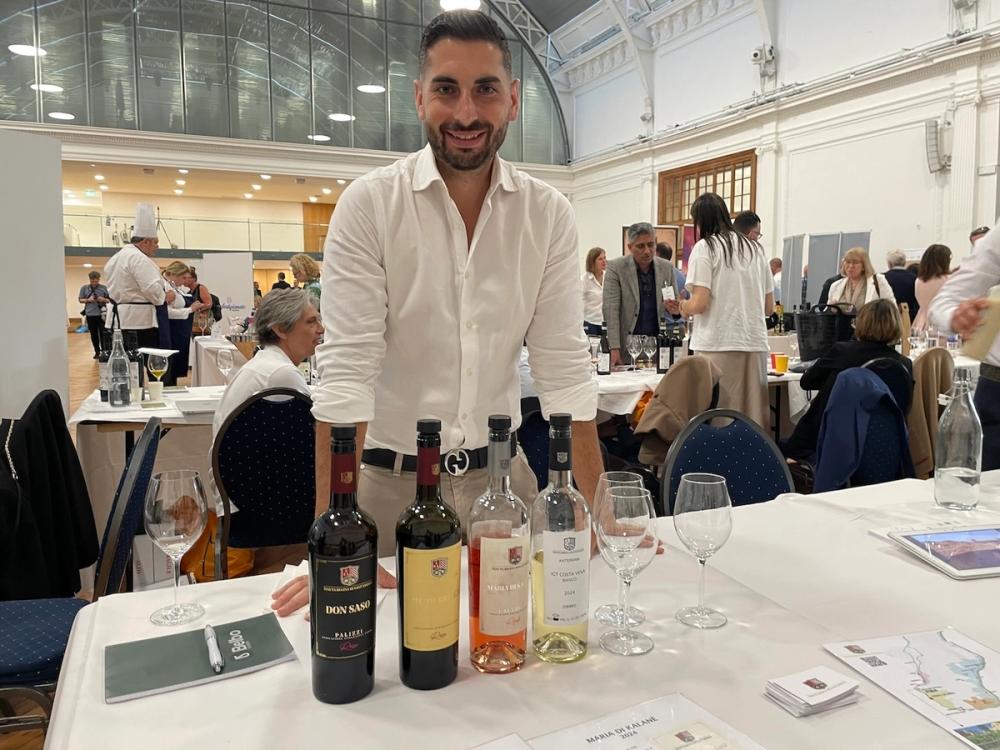
Marco Idone of Tenuta Regina di Sant’ Angelo
Zibibbo 2024, IGT Costa Viola Bianco
Zibibbo 100%
Grown at 400 metres on exposed coastal slopes, this dry Zibibbo shows how a grape known for sweetness can excel in a dry, structured form. Pale lemon, with intensely grapey, floral aromas of jasmine, orange blossom, and citrus peel. The palate is showing lemon zest, exotic spice, and a white pepper finish. Generous in weight and length, it’s a complex, striking white that redefines Zibibbo.
Don Saso 2022, IGT Palizzi Rosso
Nerello Mascalese 100%
From 2.5 hectares planted a decade ago on schist and calcareous clay. This wine is organically farmed and fermented in stainless steel for 15 days. It shows lifted aromatics of sour cherry, cranberry, and ripe redcurrant with a hint of sweet spice. The palate is juicy but structured, with assertive and slightly astringent tannins and a warm, lingering finish. This is a robust and hearty expression of Nerello from Palizzi.
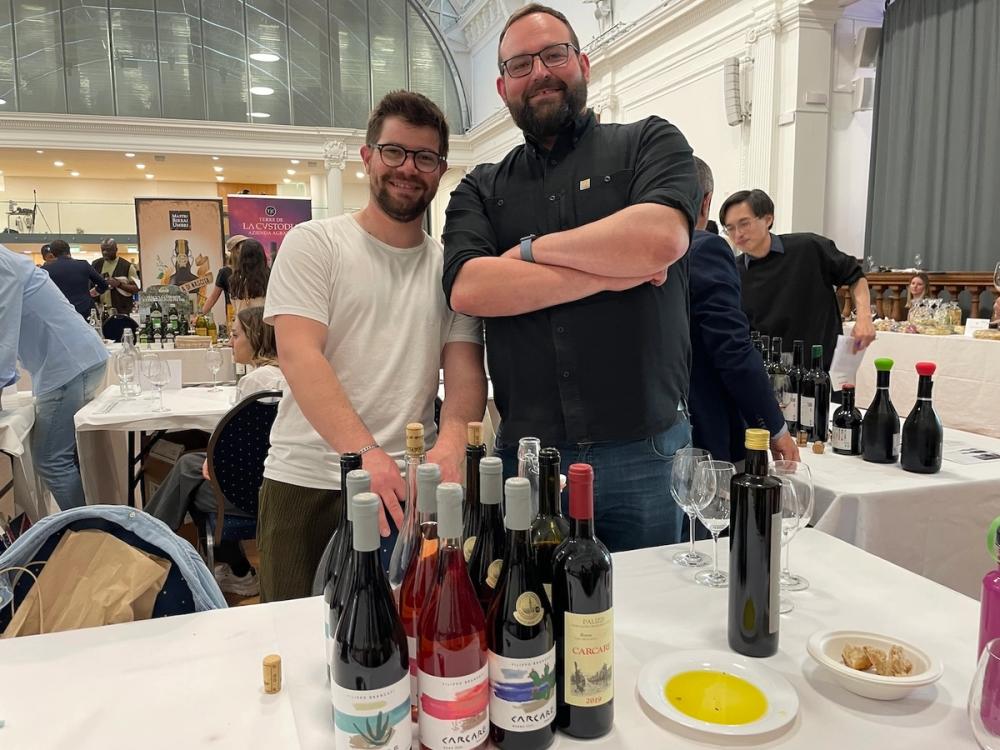
Andrea Coaro (l) representing Cantina Filippo Brancati
Carcare Rosato 2024, IGT Palizzi Rosato
Nerello 100%
From terraced, sea-facing vineyards in Palizzi, this rosato captures both the freshness and savoury depth of the area. Medium salmon in colour, with subtle aromas of wild strawberry, dried herbs, and a saline, stony edge. The palate bursts with cherry, raspberry, and plum, framed by crisp acidity and mineral precision. Delicious, persistent, and food-friendly.
Carcare Rosso 2021, IGT Palizzi Rosso
Nerello 100%
Fermented and aged in stainless steel, this wine is a vivid expression of Nerello from organically farmed vines. Deep ruby in hue, it opens with lifted aromas of black cherry, pickled plum, balsamic notes, and dry tobacco. The palate is firm, with high, chalky tannins and savoury complexity. It finishes slightly dry but remains texturally precise and varietally honest.
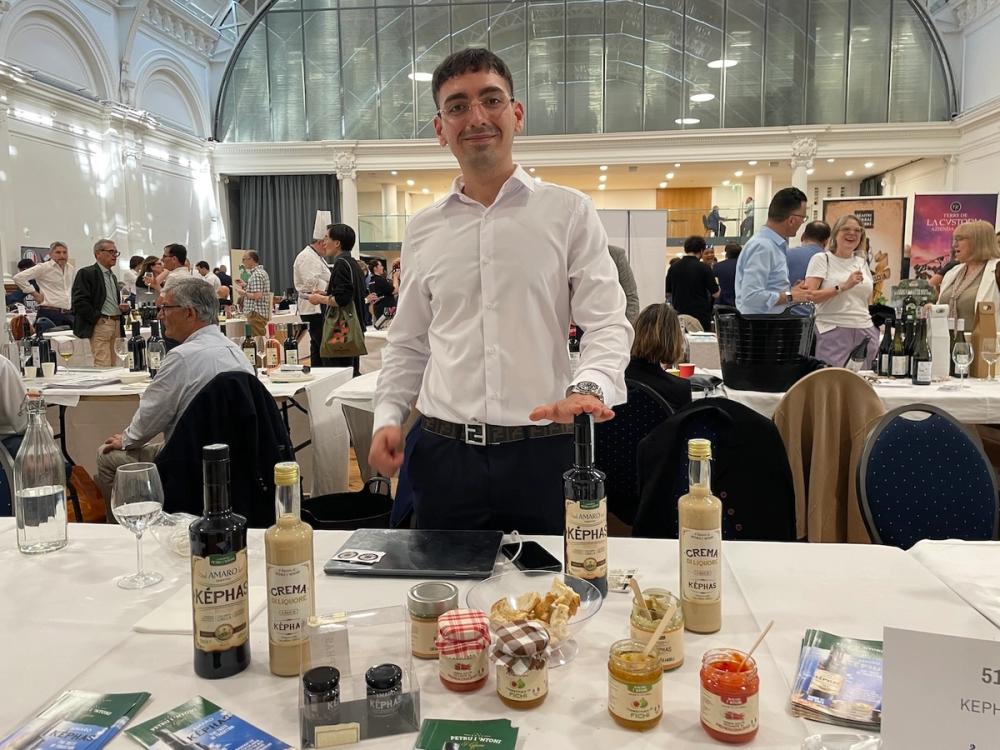
Pietro Antonio Autelitano of Amaro producer Kephas
In addition to wine and 'nduja, there is also a Calabria Amaro producer showcasing a herbal liqueur made with wild fennel, laurel, and liquorice. The botanicals are infused in high-strength alcohol (95%) for two weeks, resulting in a 28% ABV Amaro. Best served well chilled, it is also enjoyed locally in affogatos. A delicious expression of Calabrian tradition.
































